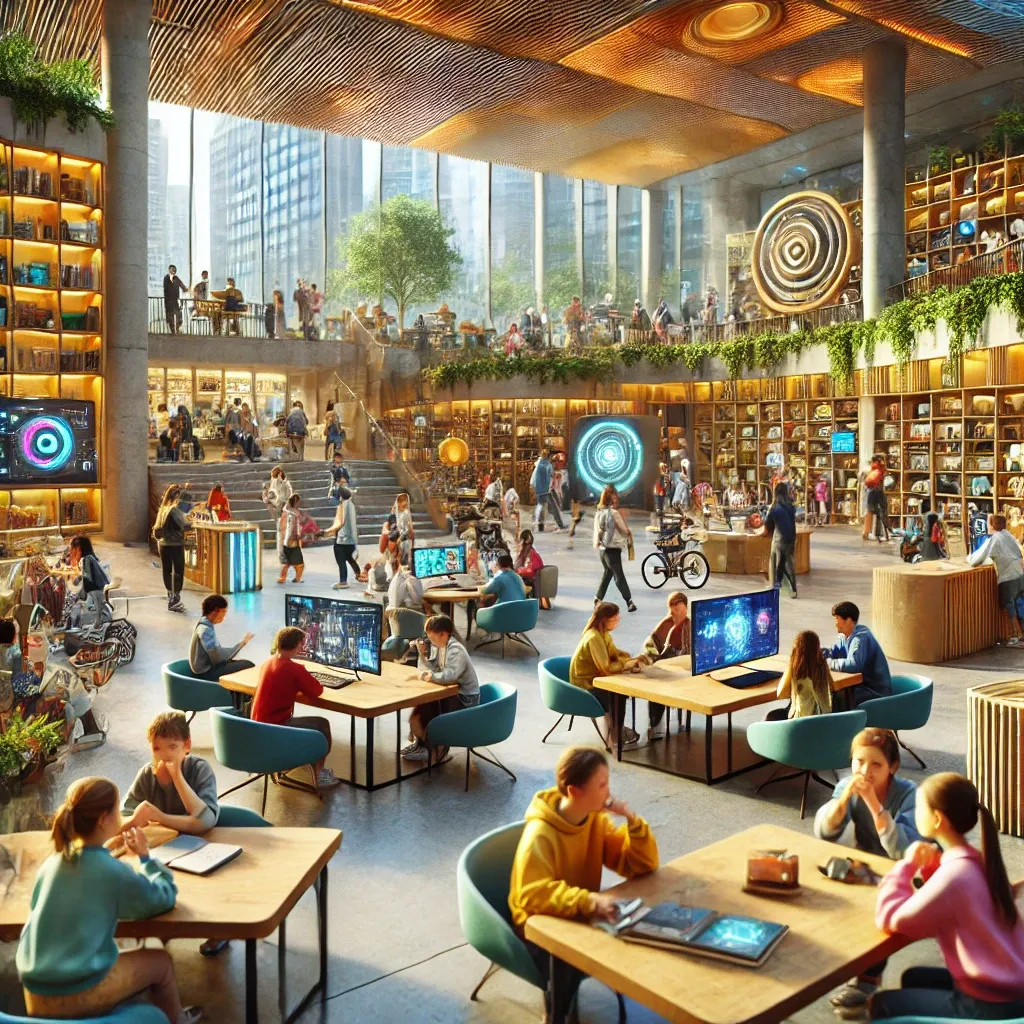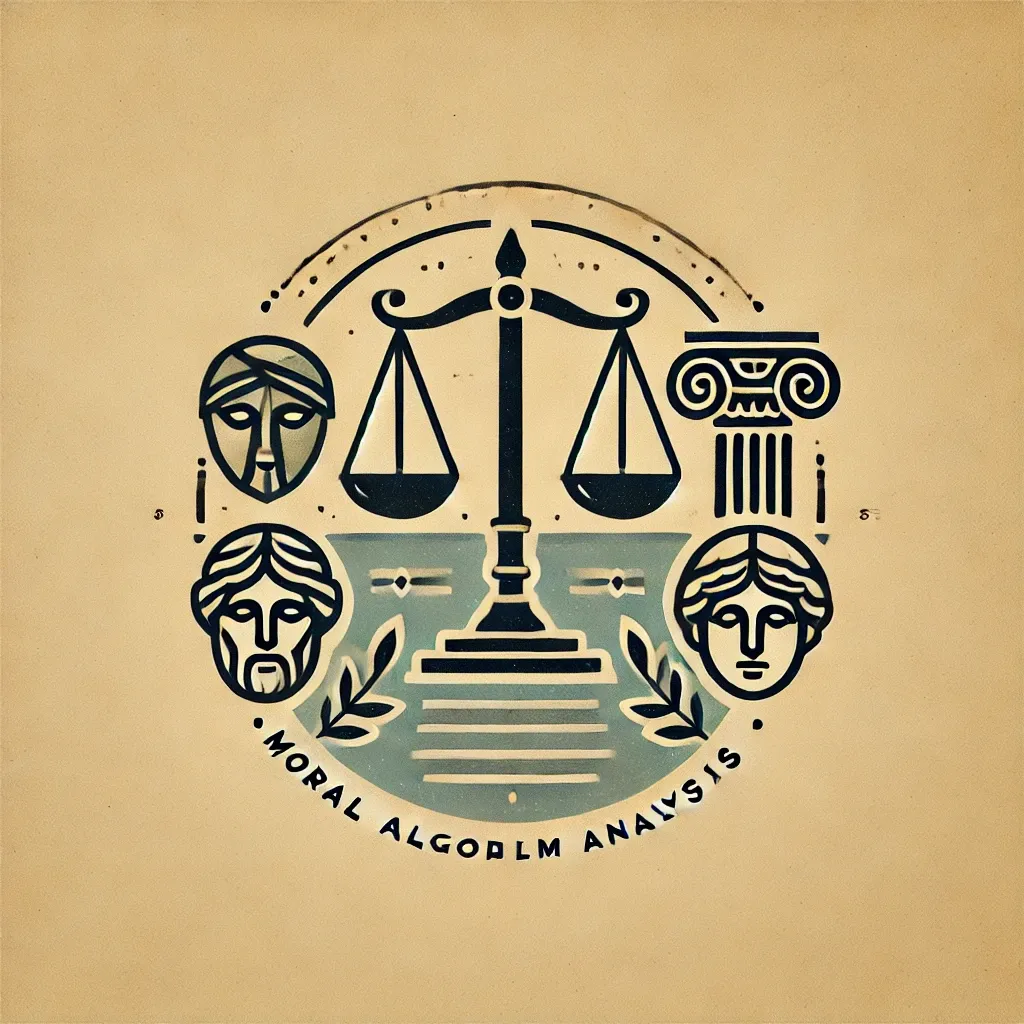Third Places: Bridging Historical Roots and Future Needs
In a future shaped by AI and automation, third places are evolving into hubs for lifelong learning and social connection. By integrating technologies like AI assistants and VR, these spaces can foster inclusivity, creativity, and resilience while addressing the changing needs of society.

In a rapidly evolving world shaped by artificial intelligence (AI), automation, and shifting social landscapes, "third places" emerge as critical communal spaces for rebuilding social networks and fostering lifelong learning. Coined by sociologist Ray Oldenburg, third places are informal gathering spots separate from home and work, offering a neutral ground for connection, creativity, and community. Their historical significance provides a foundation for their modern evolution, as they are uniquely suited to address the challenges of a future where adaptability and collaboration are paramount.
The Historical Essence of Third Places
Historically, third places have been instrumental in fostering social cohesion and intellectual exchange. From ancient Greek agoras to European coffeehouses, these spaces served as hubs of interaction where individuals from diverse backgrounds engaged in commerce, debate, and leisure. For example:
- Greek Agoras: Functioned as public forums for civic discourse, blending commerce with community interaction.
- Chinese Teahouses: Evolved as discreet meeting places for social and business dealings during the Jin Dynasty.
- European Coffeehouses: Dubbed "Penny Universities," they became arenas for intellectual exchange, influencing political thought and cultural movements.
These third places provided more than physical spaces; they were dynamic arenas for the exchange of ideas and community building, transcending socioeconomic barriers.
Third Places in a Technologically Driven Future
The future demands a reinvention of third places to address societal needs shaped by automation, AI, and the decline of traditional job structures. As outlined in A Reimagined Educational System, third places must transform into vibrant learning hubs equipped with technology and resources to empower lifelong learners.
- Repairing Social Networks:
- The digital era has fragmented traditional social bonds, increasing isolation. Third places can serve as antidotes by offering inclusive environments for rebuilding trust and fostering collaboration.
- Community learning hubs, such as modern libraries or coworking spaces, can facilitate social interaction while providing access to digital tools and mentorship programs.
- Empowering Lifelong Learning:
- As automation disrupts conventional employment, adaptability becomes crucial. Third places equipped with maker spaces, 3D printing, and AI-powered tools can democratize access to skill-building resources.
- Workshops, peer learning sessions, and mentorship programs hosted in these spaces can enable individuals to upskill, innovate, and participate in "The Great Conversation."
- Incorporating Emerging Technologies:
- AI Integration: Adaptive learning platforms and AI assistants can personalize educational experiences, making learning accessible and cost-effective.
- 3D Printing and Maker Spaces: Allow individuals to engage in hands-on skill development, fostering innovation and entrepreneurial ventures.
- Virtual Reality (VR): Extends the boundaries of physical third places by creating immersive environments for global collaboration and learning.
The Social and Civic Role of Future Third Places
Third places are not just about learning—they are about belonging. Their ability to bridge diverse communities is vital in addressing societal polarization and fostering civic engagement:
- Neutral Grounds for Discussion: By providing inclusive spaces for dialogue, third places can strengthen democracy and civic responsibility.
- Encouraging Creativity and Craftsmanship: Hosting tools like CNC machines and 3D printers, these spaces can revive lost skills and promote economic resilience.
- Sustaining Cultural Heritage: Third places ensure the preservation and evolution of shared intellectual and cultural values.
Designing Third Places for Tomorrow
For third places to thrive in a tech-driven society, they must be reimagined with forward-thinking principles:
- Flexibility: Spaces must adapt to multifunctional uses, accommodating diverse learning and social activities.
- Inclusivity: Accessibility for all, including marginalized groups, is essential for equitable participation.
- Sustainability: Eco-friendly design and resource-sharing models ensure long-term viability.
Examples of such innovative spaces include libraries with maker labs, cafes hosting coding workshops, and community centers blending physical and virtual interactions.
Conclusion
Rooted in history yet vital for the future, third places are indispensable for fostering lifelong learning and repairing fragmented social networks in a world reshaped by technology. By integrating cutting-edge tools with their foundational principles, these spaces can become catalysts for personal growth, community resilience, and societal progress. As we navigate an era of rapid change, third places offer a timeless yet evolving solution—a sanctuary for human connection, creativity, and learning.
